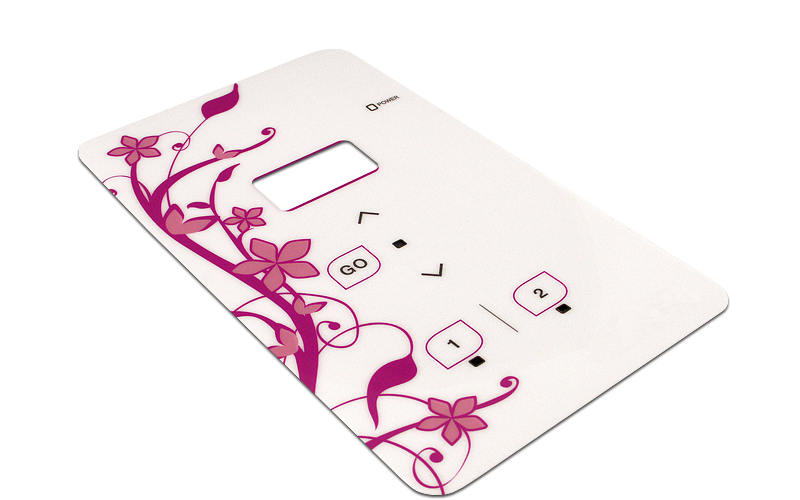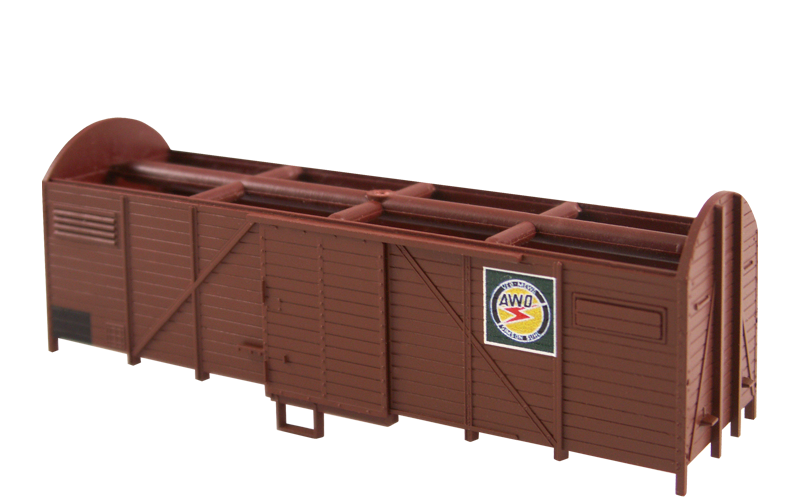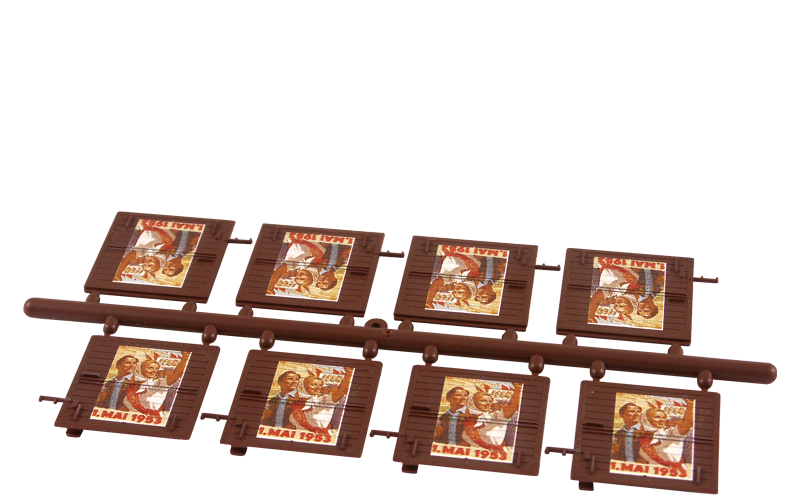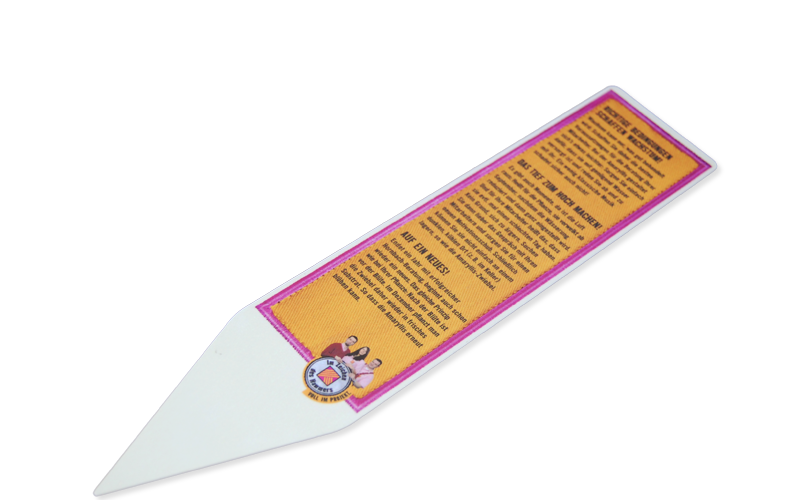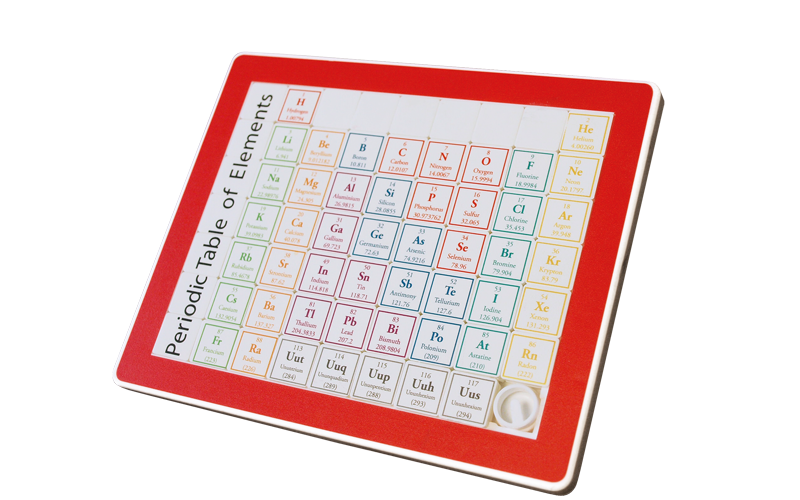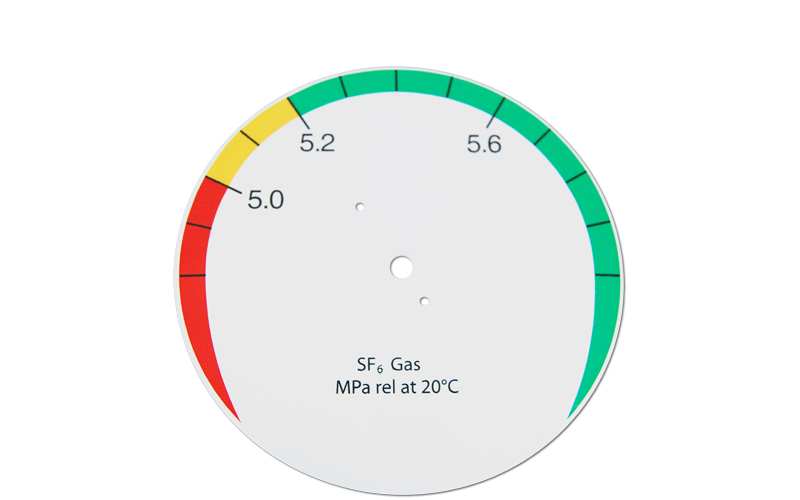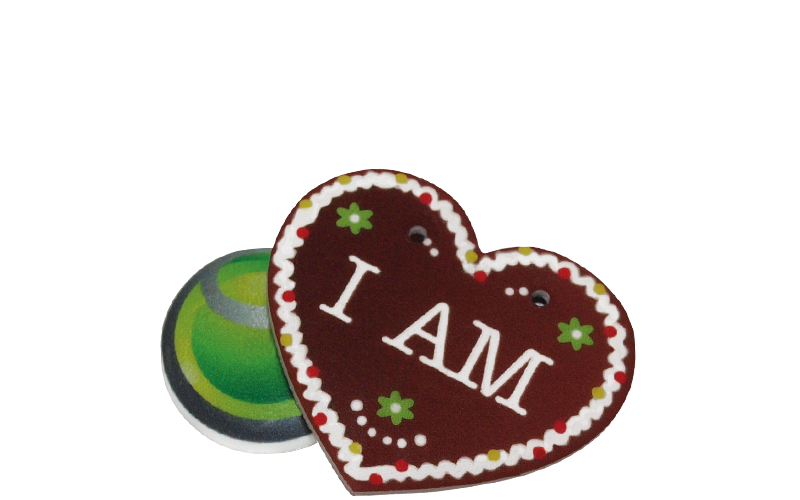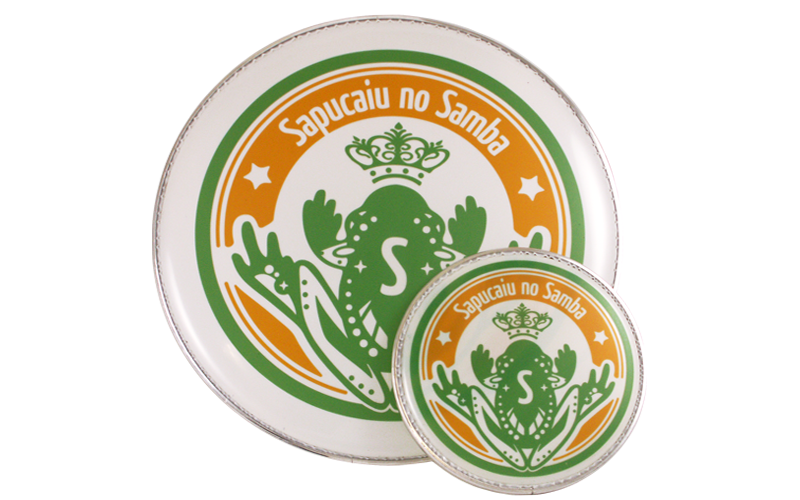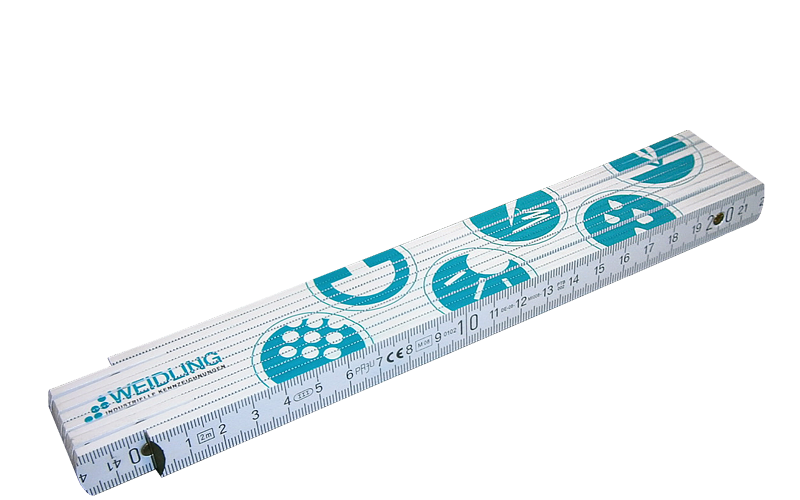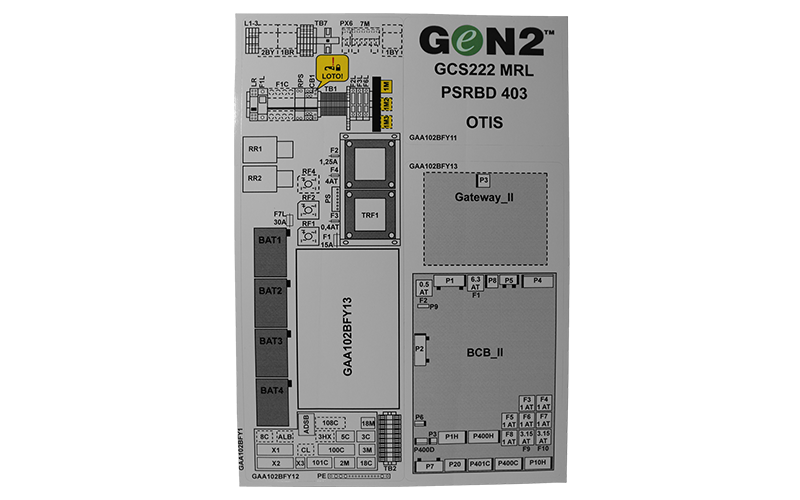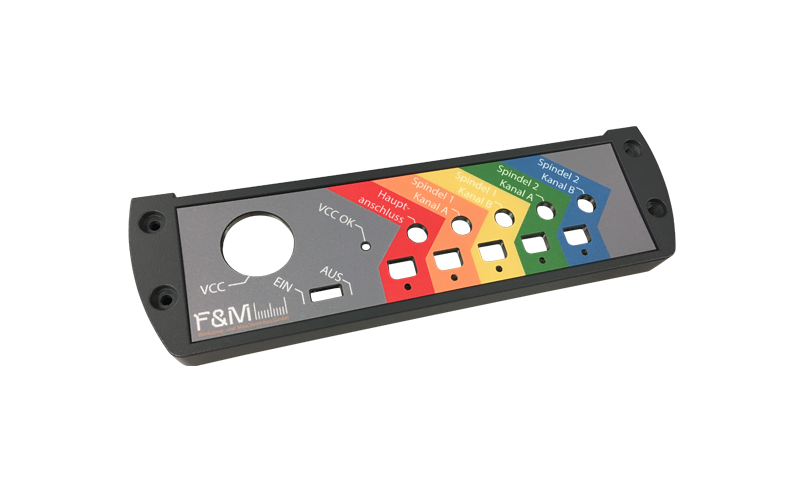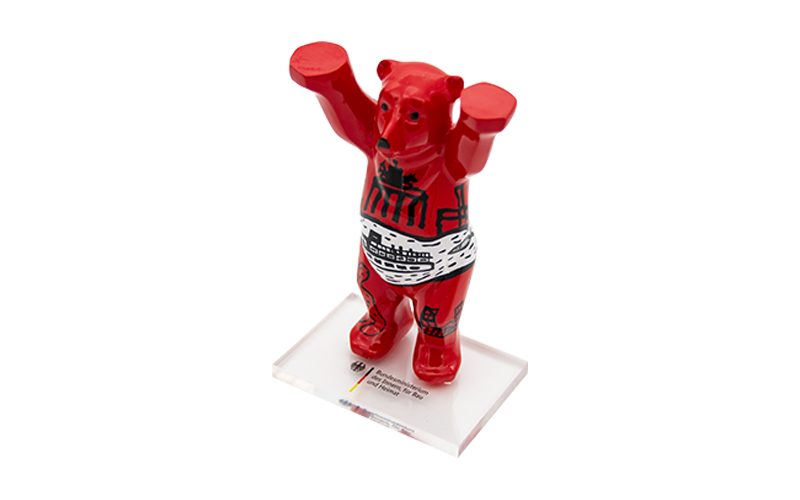Technology
The client’s data can be put directly into the RIP software. The printing machine applies the ink from a tank system directly onto the printing material. The inks harden by various drying methods immediately after printing.
Advantages
- flexible and economical method, especially in multi-colour printing
- realization of photorealistic motives and color gradients
- realization of big working format with height of up to 70 mm
- individualization through digital data processing
- special tones such as white and metallic as well as spot varnishing can be printed
Materials
- plastic foils and plates
- display and shield material
- self-adhesive foil
- semi-finished products (rigid or shaped) with plane surface (plastic or metal)
- cardboard and paper
Applications
- direct printing of shaped objects with plane surface
- front foil production for mechanical engineering
- rating plates
- approval marks
- prints for marketing material and giveaways
General Facts
The Weidling GmbH is one of the first companies to adopt the method of digital printing for industrial applications, and plays a pioneering role in this respect. The printing machine working with UV-hardened inks enables an economical and high-resolution solution for printing of inflexible and flexible materials as well as of shaped objects of up to 50 mm of height. Due to the white-option, a high colour-fidelity can be reproduced even on dark materials.
Method
In the digital printing method, the construction of a printing form is not necessary. The client’s data can usually be input directly into the RIP software. The UV digital printer at the Weidling GmbH operates with ten high-quality printheads. These apply the ink from a tank system (CMYKWW) directly onto the printing material. During exposure, the UV-drying unit forms radicals with the help of photoiniators contained in the ink. These radicals initiate a polymerisation. This way, UV inks harden immediately after application on the printing material.
Advantages
As one of the first suppliers in Europe, the Weidling GmbH offers its client’s the industrial application of the digital printing technique. Complementary to traditional printing methods, the UV digital print stands out as being a flexible and economical method, particularly in multi-colour printing and printing of variable data. Due to the option to print in white, high colour brilliance can be achieved even on transparent and dark materials. The big working format and the possibility of fixing materials with a vacuum are further advantages of this sophisticated machine concept.
Materials
Materials used here are primarily inflexible and shaped semi-finished products consisting of plastics and metal as well as card board and paper. The height of up to 50 mm also enables the processing of shaped, sprayed, founded, calendered, deep-drawn and fitted articles.
- polycarbonate (175, 250, 375, 500 μm)
- polyester (150, 200 μm)
- soft PVC foil (55, 70, 75 μm)
- hard PVC
- glass
- acrylic glass
- polystyrene
- metal
- cardboard
- wood
- composite materials
- foam sheets
- solid sheets
- special materials
Applications
At the Weidling GmbH, the adoption of the digital printing method is not only limited to advertising techniques. The process of assessing the range of possible applications in the marking of industrial products has just begun, therefore the clients own creativity and innovative energy is of outstanding importance. Besides the uni- and multi-coloured printing, photo-realistic images, halftone printing and printing of four-colour set motives are also possible.
In the area of foils, the print is followed by further processing with methods such as laminating (adhesives and foils), die cutting, cutting, slitting, milling, plotting, creasing, blocking, drilling, pressing, laser cutting, laser marking, gluing and converting, all of which are realizable at the Weidling GmbH.


